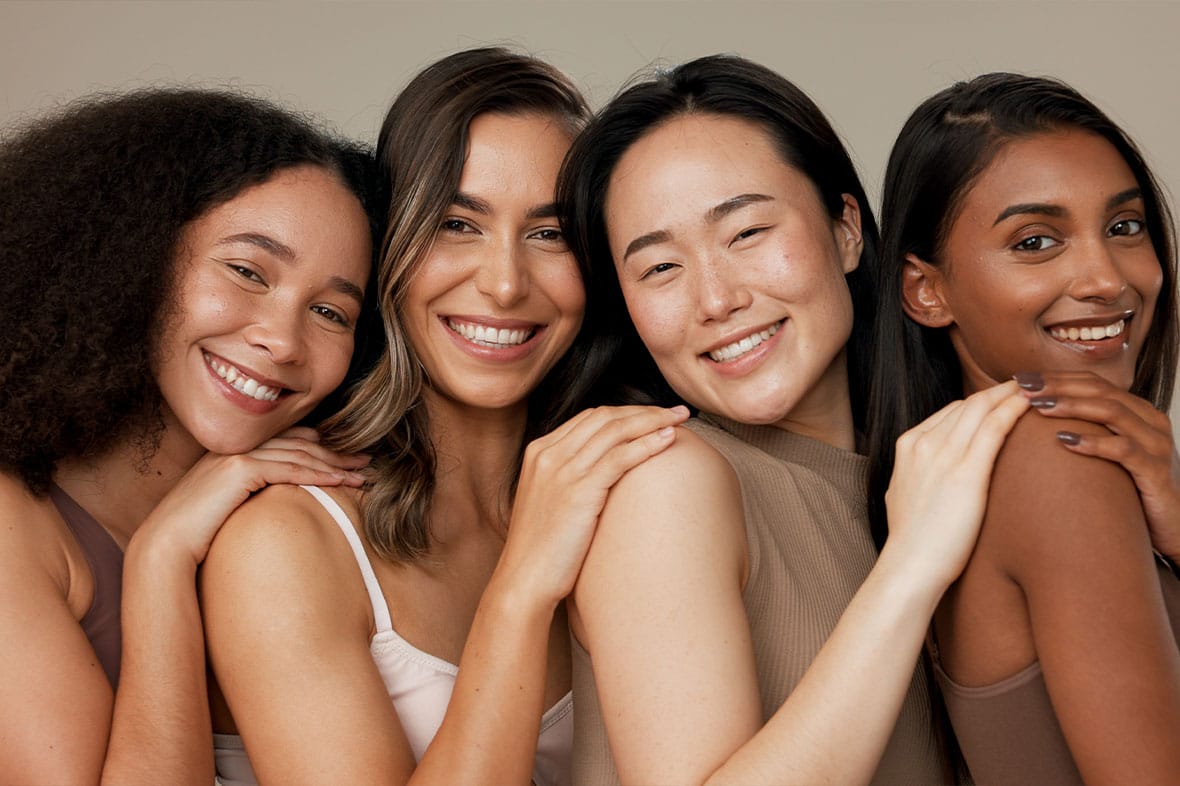When you consider rhinoplasty, you might picture it as a simple nose reshaping procedure, but in reality, it’s one of the most complex and personalized surgeries in aesthetic medicine.
If you come from an ethnic background, you might have concerns about losing the distinctive traits that make your face uniquely yours. That’s where ethnic rhinoplasty comes in: an approach that refines your nose while preserving your cultural identity and facial harmony.
As a board-certified and aesthetic fellowship-trained plastic surgeon in New York City, Dr. Jeffrey Lisiecki understands that beauty isn’t about fitting into a mold: it’s about refinement that respects identity. In this guide, you’ll learn what separates ethnic rhinoplasty from traditional techniques and how the right approach can help you achieve a result that looks natural and truly yours.
What is a traditional rhinoplasty?
Traditional rhinoplasty, often called a “nose job,” is a surgical procedure that changes the shape, size, or proportion of the nose. Its purpose is typically to achieve facial balance by refining the nasal bridge, the nasal tip, or the nostrils. In many cases, it also improves breathing by correcting structural issues, such as a deviated septum.
Historically, rhinoplasty techniques were developed with a narrow aesthetic ideal in mind, often modeled after European nasal shapes and proportions. While this approach can produce excellent results for some, it doesn’t always suit patients from diverse ethnic backgrounds whose bone structures, cartilage density, and skin thickness may differ significantly.
Common problems with a traditional rhinoplasty
Loss of ethnic identity
Traditional rhinoplasty often follows a single, standardized idea of beauty, resulting in noses that look out of place on certain faces. When surgeons don’t take ethnic nuances into account, the procedure can unintentionally erase defining features, making the face look less natural or inconsistent with a person’s cultural background.
Over-reduction of nasal structures
In the past, traditional techniques frequently relied on reducing the size of the nasal bridge or tip to achieve refinement. For patients with naturally thicker skin or weaker cartilage support, this can lead to over-resection, where too much structure is removed. The result may be a nose that appears pinched or collapsed, or that affects breathing over time.
Mismatch with facial proportions
Every face has a balance of features. A traditional rhinoplasty that doesn’t account for broader cheekbones, fuller lips, or distinctive bone structures can disrupt this harmony. Instead of enhancing facial proportions, the procedure may create contrast that feels artificial.
What makes an ethnic rhinoplasty different?
Ethnic rhinoplasty is a specialized form of nasal surgery that embraces your cultural and genetic features rather than minimizing them. Instead of trying to fit everyone into a single mold, this approach refines your nose in a way that looks harmonious and authentic.
Dr. Jeffrey Lisiecki performs ethnic rhinoplasty with precision and artistry, using advanced techniques tailored to the anatomical variations found across ethnicities. He aims to achieve natural-looking refinement while preserving the strength, function, and identity of your nose.

A personalized, anatomy-driven approach
No two noses (or faces) are alike. Ethnic rhinoplasty begins with a deep understanding of your facial structure, cartilage strength, and skin type. Dr. Lisiecki takes precise measurements and uses advanced imaging to plan each modification carefully. The result is a surgical plan that enhances your features while staying true to your natural anatomy.
Respect for cultural and ethnic identity
The defining difference lies in the philosophy. Ethnic rhinoplasty celebrates diversity rather than standardizing it. Instead of striving for a “universal” nose, Dr. Lisiecki’s approach ensures your nose remains in harmony with the rest of your face and reflects your background.
Structural preservation and reinforcement
Patients of African, Asian, or Middle Eastern descent often have nasal anatomies with softer cartilage or thicker skin, requiring specialized support to prevent collapse. Ethnic rhinoplasty often involves grafting (adding small amounts of cartilage for better shape and structure) rather than excessive reduction. This preserves both function and longevity.
Refined shaping, not drastic change
Traditional rhinoplasty may focus on significant alterations to create dramatic results. In contrast, ethnic rhinoplasty emphasizes subtle, refined contouring. The goal is to enhance your natural beauty without producing a “surgical” or Westernized appearance.
Improved function alongside aesthetics
Ethnic rhinoplasty techniques ensure that structural integrity and nasal airflow are preserved throughout the procedure. By focusing on both appearance and performance, Dr. Lisiecki creates results that look beautiful and feel natural when you breathe or speak.
Artistic precision and cultural sensitivity
A successful ethnic rhinoplasty requires both medical skill and artistic understanding. Dr. Lisiecki’s aesthetic fellowship training and extensive experience enable him to make fine, deliberate adjustments that respect each patient’s individuality. He recognizes that beauty is multidimensional and that cultural features play an essential role in facial harmony.
Ethnic rhinoplasty isn’t about changing who you are: it’s about refining what’s already there. When performed by a skilled, board-certified plastic surgeon like Dr. Lisiecki, the procedure enhances your natural beauty while honoring your heritage. His personalized, anatomy-based approach allows you to achieve balance and a result that feels entirely your own.
If you’re considering rhinoplasty in New York City, working with a surgeon who understands the art and science of aesthetic refinement can make all the difference. With Dr. Lisiecki’s advanced aesthetic training and commitment to natural results, you can trust that your individuality will be respected, celebrated, and beautifully enhanced. Schedule your consultation today.



